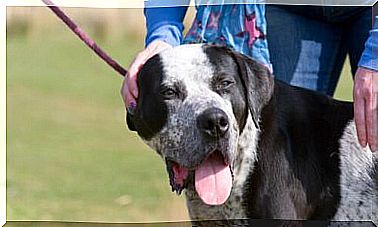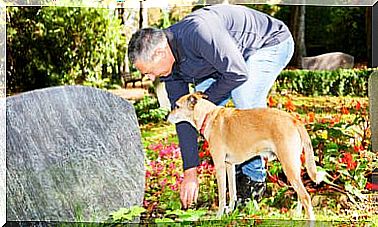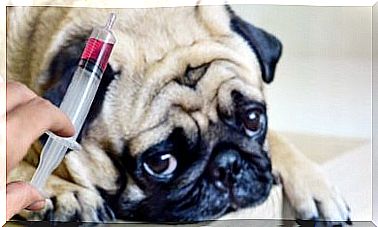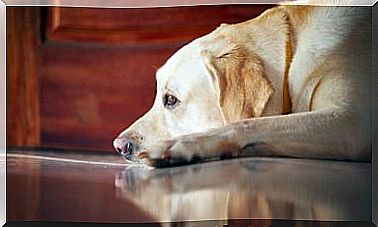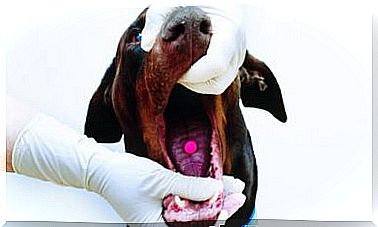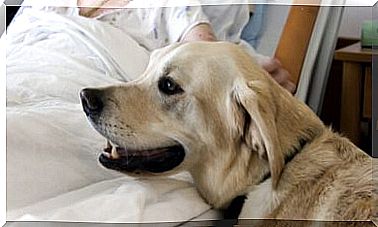Five Tips For Making Homemade Shampoo For Dogs
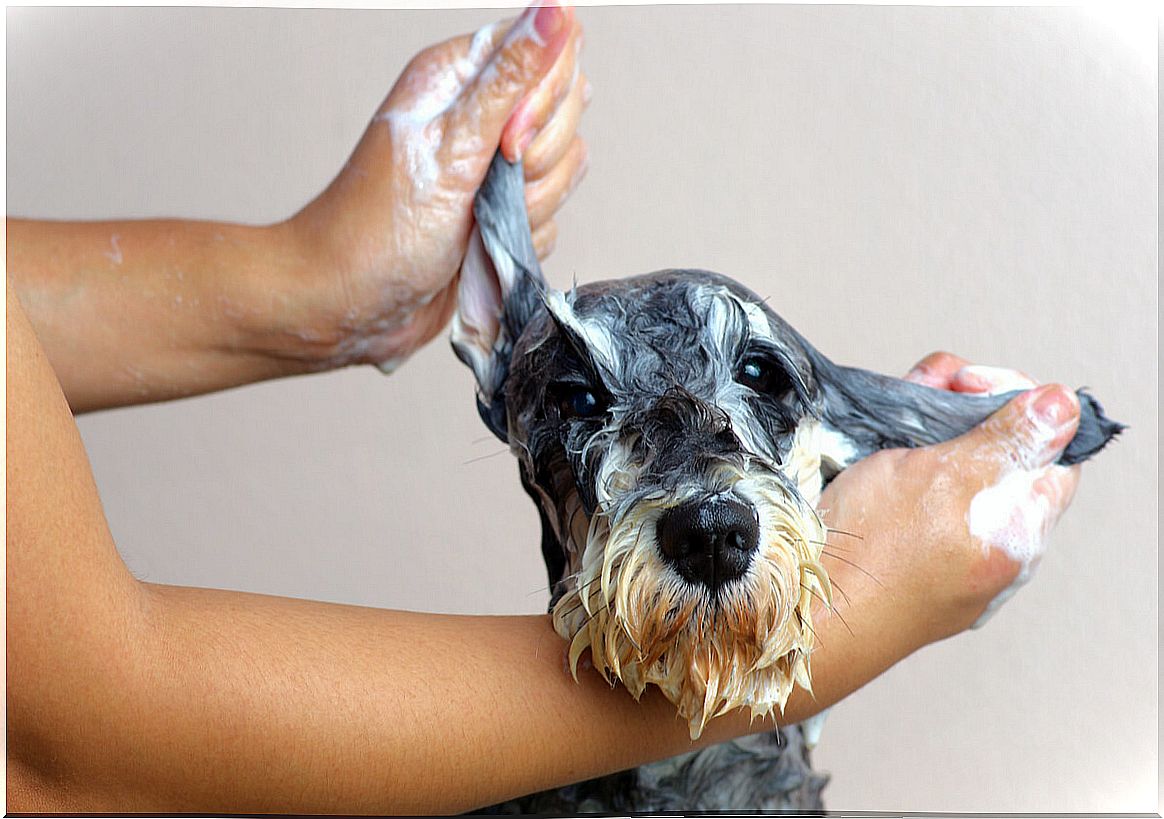
The manufacture of salves by hand is currently in vogue, but there are a number of tips to follow to make homemade shampoo for dogs. One of the advantages of making the shampoo at home is to combat symptoms derived from allergies to components of commercial products.
The traditional shampoo for dogs usually has in mind the properties of efficacy and local tolerance. Therefore, some of its manufacturing principles must be followed to obtain a compound suitable for canine use.
Some tips for making homemade shampoo for dogs
Because shampoo can be a very effective dermal treatment, it is a very important element in many dermatological processes. Therefore, you have to follow a series of tips to make homemade shampoo for dogs. Next, we show them to you.
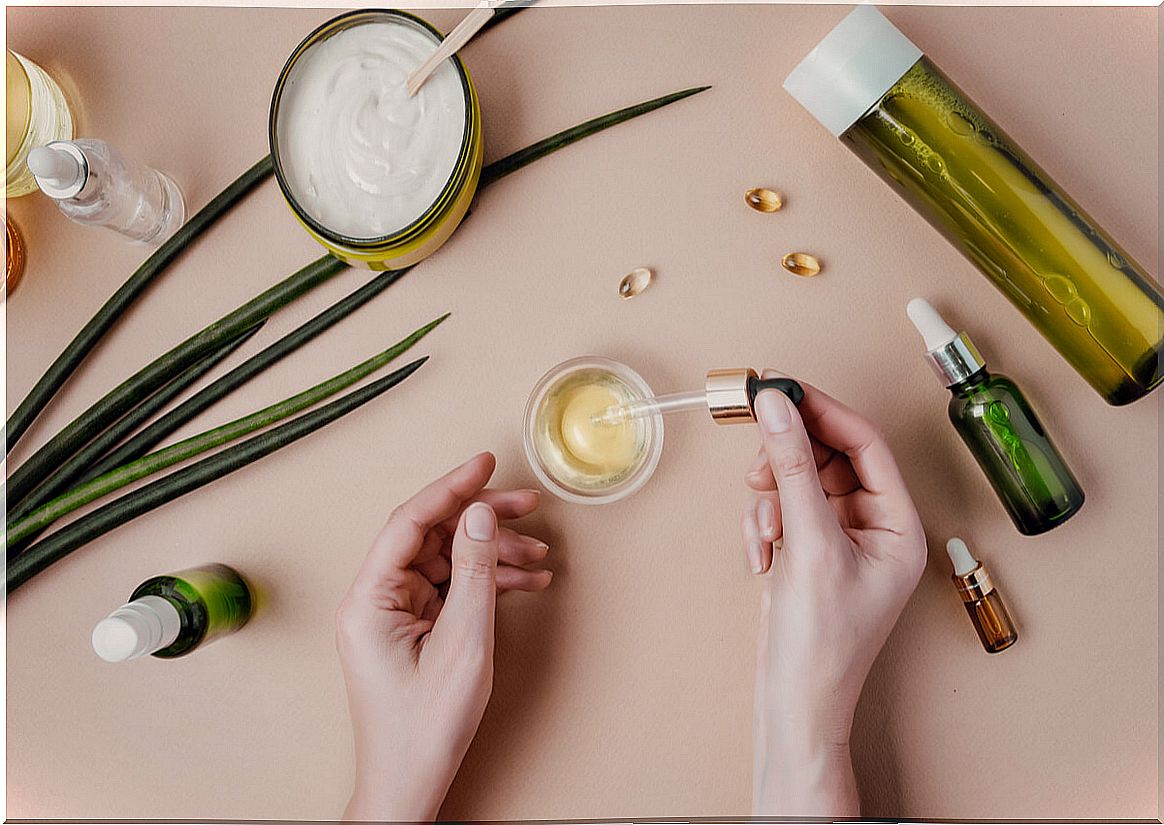
1. Know that canine skin is more sensitive than human skin
Although you may think otherwise, the reality is that both canine and feline skin are more sensitive than human skin. In large part, it is due to their anatomical and physiological differences, taking into account the following factors:
- pH. They have a relatively more alkaline pH than humans.
- Thickness of the skin. The thickness of the stratum corneum is thinner, the active principles penetrate more easily.
- Density of hair follicles. Its density is higher than in humans, so it may be easier for the shampoo to penetrate the skin.
All these factors are essential when developing a homemade shampoo for dogs. If not taken into account, they can lead to skin problems due to skin irritations or even allergic reactions.
2. Find out about the components
Most traditional shampoos contain the same components, each of which has a number of specific properties:
- Surface active agents. Focused on removing dirt.
- Thickening. As their name suggests, they are responsible for adding thickness to the mixture.
- Softeners. They make it easier to style and manage hair.
- Kidnapping agents.
- Preservatives
- Others. They can be coloring additives, to add color to the shampoo . Another option is to add essential agents, but some can be toxic to the dog.
Depending on the purpose of the shampoo and the type of hair and skin of the animal, different concentrations of these components will be combined. Therefore, it is essential to know the function of each of them.
3. Know the possible allergies of the animal
Each homemade shampoo is focused on solving a certain problem, so its components vary. An important detail in these cases is to know if the animal is allergic to any of the elements necessary to make the ointment.
It is possible that the shampoo has been previously made and is subsequently tested on the animal. However, one must be attentive to possible allergic reactions, with symptoms such as itching, the appearance of erythema or others.
If any of these symptoms are observed, it is necessary to stop the administration of the shampoo and to consult a veterinarian quickly. This professional will be able to determine what has been the cause and recommend the most appropriate treatment for the situation.
4. Ensure cleanliness of hair and skin
Like shampoos for humans, those for pets have to guarantee the cleanliness of both hair and skin. However, in shampoos for animals it is recommended that there be a greater amount of cleaning agents.
This implies that, when manufacturing it, the surfactants must be properly mixed. Thus, suitable combinations of these can be obtained that allow to have appropriate cleansing properties that are tolerable for the skin.
Another detail to take into account is the ease of rinsing the shampoo during use. It is important that it can be removed from the skin without leaving traces, otherwise the surfactants can cause skin irritation.
Likewise, most of the homemade and traditional shampoos for pets, except for some specific ones, must control the pH. This implies that the pH of the shampoo is adequate and tolerated by the skin of the dogs.
5. Beware of bacterial or fungal diseases
The market offers specialized shampoos for the treatment of certain bacterial or fungal diseases. For this reason, it is advisable to access the products on the market before applying home treatments that can cause an infection or complication.
If you still want to make a homemade shampoo for dogs in order to combat these diseases, it is necessary to consult your veterinarian. It will be able to indicate if the use of home remedies is possible or if a professional treatment is more advisable.
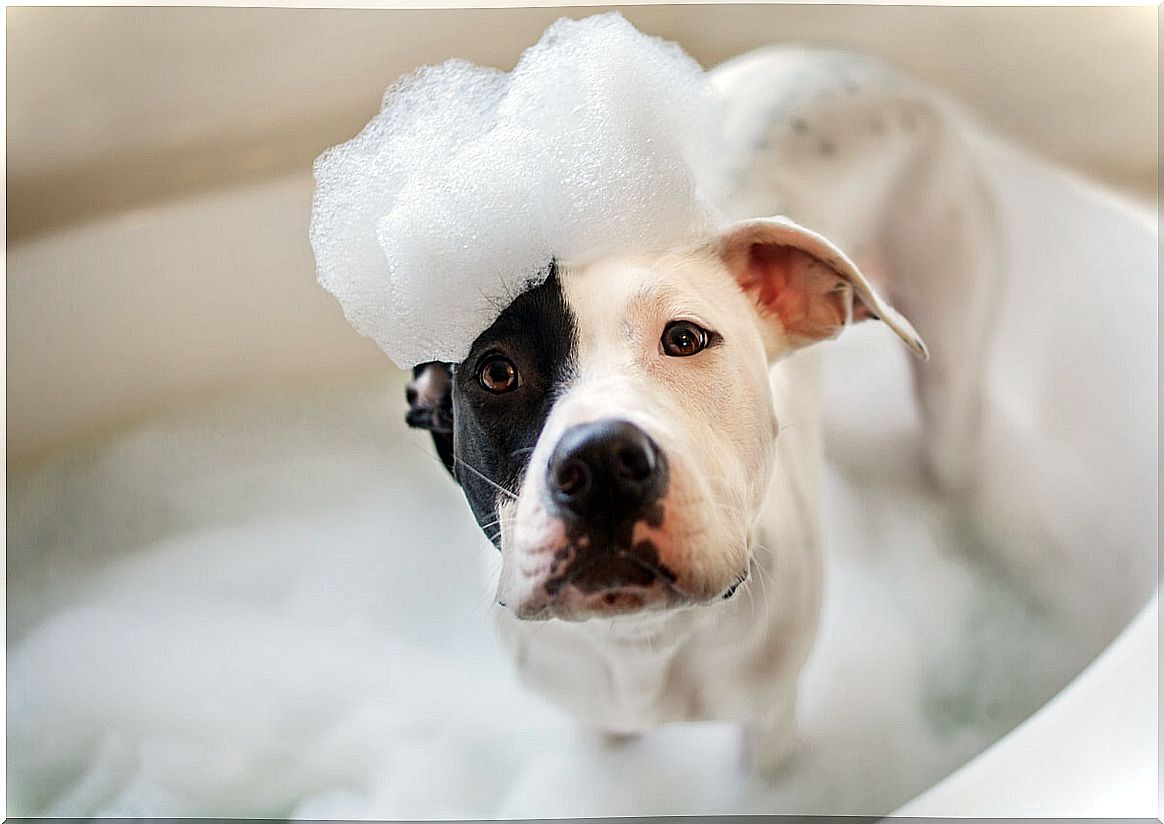
As we have seen, the shampoo home can be very useful in combating various dermatological processes. Although the best known form is shampoo , there are other formats such as gels, soaps, lotions, ointments, creams or sprays.
However, despite the advice mentioned for making homemade shampoo for dogs, it is advisable to seek specialized information. The dog may not tolerate some of the components or it is convenient to use others that are more effective.
